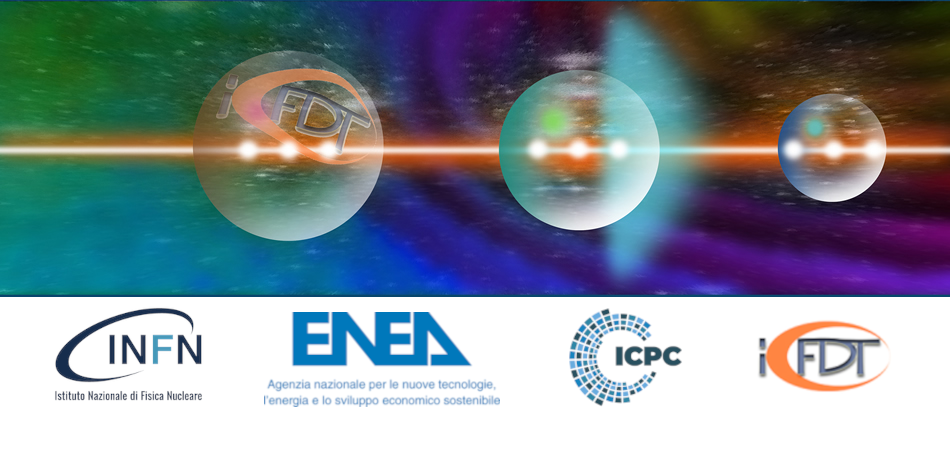Speaker
Description
Innovative technologies play a crucial role in the protection and conservation of cultural heritage against anthropogenic risks and climate change. In particular, multi-analytical approach offers comprehensive surveillance capabilities, identifying potential threats and damages [1]. In this sense, a multi-sensor scanning system able to acquire spectroscopic images using different techniques (X-Ray Fluorescence, UV-induced fluorescence, fiber optical reflectance and reflection FT-IR spectroscopies) was realized to analyze paintings [2]. The acquiring system is mounted on a 3-axis scanner, remotely controlled, equipped with a laser sensor to control the working distance. The high precision and reproducibility of the positioning system gives the possibility of acquiring data with the different techniques in the same points. The acquired data can be recombined giving rise to hyperspectral images of paintings containing all the different information.
The scanner was developed thank to the ARTEMISIA project, financed by Lazio Innova in the “DTC Excellence Centre for Cultural Heritage” contest and applied in the CHANGES project, Spoke 7 “Protection and conservation of cultural Heritage against climate changes, natural and anthropic risks”, financed by the European Union-NextGenerationEU [3].
[1] Romani et al., Toward an assessment of cleaning treatments onto nineteenth–twentieth-century
photographs by using a multi-analytic approach, European Physical Journal Plus 2022, 137:757.
[2] Mazzinghi et al., X-Ray and Neutron imaging for Cultural Heritage: the INFN-CHNet experience, The European Physical Journal Plus, in press
[3] Pronti et. al., Using MA-rFTIR mapping as a tool to assess the efficacy of cleaning treatments and to aid in the restoration activities of paintings, Coatings 2024, 14, 511.

